Cargando...
Recursos educativos
-
Nivel educativo
-
Competencias
-
Tipología
-
Idioma
-
Tipo de medio
-
Tipo de actividad
-
Destinatarios
-
Tipo de audiencia
-
Creador
Lo más buscado
-

Think. The representation of the Earth
EduBook Organización
- 1 lo usan
- 1867 visitas
Think about how maps are made and answer: Why are satellites important tools for cartographers? What type of information do they provide? How do you think cartographers got this information before…
-
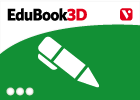
Investigate. Marine research in Spain
EduBook Organización
- 2037 visitas
If you want to know more about marine research in Spain, go to the web site of the Instituto Español de Oceanografía (IEO): http://www.tiching.com/18283. Look at the map of Spain and find out where…
-

Final self-evaluation T05 10 - Society and industrialisation in 19th cen...
EduBook Organización
- 2032 visitas
Match the following statements with the correct concept: Group of buildings, including a factory and housing, located outside the town and near a river which was used as a power source. Type of engine…
-
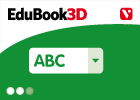
Match. Blood
EduBook Organización
- 2033 visitas
Match the definitions to the terms: They are the most common type of cell in the blood. They are round and red in colour. It is a transparent liquid which is mostly water. It transports nutrients to all…
-
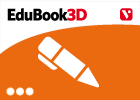
Analyse. A text
EduBook Organización
- 1999 visitas
Polyembryony Polyembryony is a type of sexual reproduction in which an embryo fragments into several identical embryos. They each develop independently. The young of each litter are of the same sex, as…
-
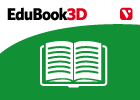
The Catholic Monarchs in Spain
EduBook Organización
- 1983 visitas
Reinforcing royal authority At the beginning of the Modern Age, European kings wanted more authority, so they took control of taxes, justice and the army. This was a new type of authoritarian monarchy.…
-
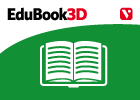
Unit 3: The industrialisation of european societies
EduBook Organización
- 1917 visitas
Anarchism (n): a doctrine saying that there should be no government and that people should work together. Bessemer's converter (n): a type of furnace, patented in 1855, used to convert pig iron into…
-
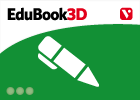
Observe. The nervous system
EduBook Organización
- 1895 visitas
Look at the photos: Which photo shows a physical activity? Which organs in the body are important for this type of activity? Which sense organs are being used in each photo? Which abilities does the…
-
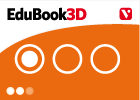
Final Autoevaluation T10 01 - Obtaining and using energy
EduBook Organización
- 1869 visitas
Choose the correct answer: What type of energy is produced when a girl is moving on roller skate? How is this energy transformed when she goes up hill? When a an elastic bow shoots an arrow to the…
-
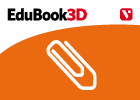
Mycorrhizas, a beneficial association
EduBook Organización
- 1867 visitas
Certain fungi in the soil live with the roots of the majority of plants in a generally mutualistic association called a mycorrhiza. Mycorrhizas are found in the majority of trees in tropical zones and…
Te estamos redirigiendo a la ficha del libro...












